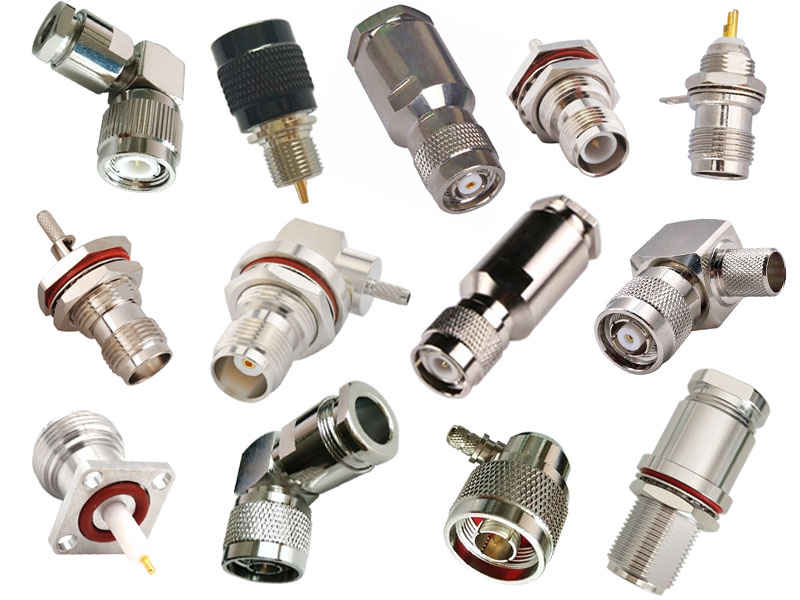-
We’re On Call 24/7 : +8613538296050
-
E-mail : anna@rohoconnector.com
We’re On Call 24/7 : +8613538296050
E-mail : anna@rohoconnector.com
Connectors play a crucial role in ensuring reliable and efficient connections between electronic devices and cables. In the world of RF connectors, two popular options are the TNC (Threaded Neill-Concelman) connector and the N connector. While they serve similar purposes, there are distinct structural differences that set them apart. In this blog post, we will explore the features and functionalities of both connectors, highlighting their unique characteristics.
The TNC connector is a threaded version of the BNC (Bayonet Neill-Concelman) connector, primarily used in RF applications. It features a screw-on mechanism that provides a secure and stable connection. The TNC connector has a threaded barrel and a mating interface with a male center pin and external threads. This thread design enables a tighter connection, making it suitable for applications that require a higher level of mechanical stability and vibration resistance.
The N connector, also known as the N-type connector, is widely used in RF and microwave applications. It utilizes a coupling mechanism called a "bayonet" to mate and secure the connection. The N connector has a non-threaded design, with a male outer conductor and a female inner conductor. The bayonet coupling ensures quick and reliable mating, making it ideal for situations where frequent connections and disconnections are required.

Key Differences:
Mechanism:
Frequency Range:
Size:
Applications:
In conclusion, both the TNC connector and the N connector are widely used in RF applications but differ in terms of their structural design and characteristics. The TNC connector's threaded design provides mechanical stability and makes it suitable for applications with higher vibration levels. On the other hand, the N connector's bayonet coupling mechanism ensures quick and frequent connections, and it is commonly used in high-frequency applications. Understanding these differences allows engineers and technicians to select the appropriate connector for their specific requirements, ensuring optimal performance and reliability in their RF systems.